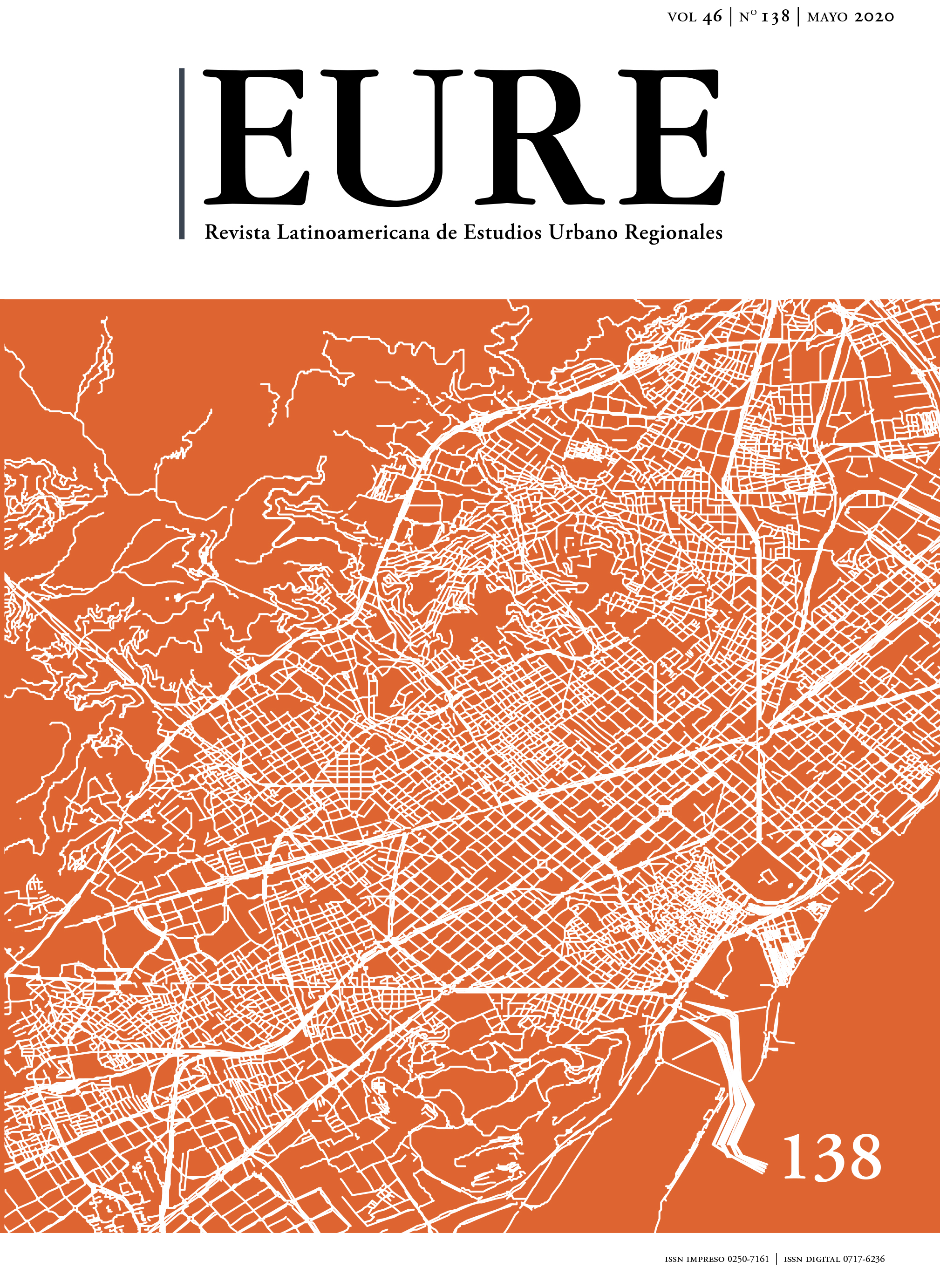The Self-built Periphery: Migration, Informality and Urban Segregation in Argentina
DOI:
https://doi.org/10.4067/S0250-71612020000200005Keywords:
segregation, urban periphery, migrationAbstract
This paper intends to reflect on the historical depth of the problem of access to urban space by South American migrants, especially Bolivians, Paraguayans and Peruvians, in contemporary Argentina. Based on a qualitative methodology and considering the theoretical contributions of the perspective of the autonomy of migration, this study reconstructs certain continuities in the Í€œState thoughtÍ€ that tends to associate certain migration with the increase of housing problems and, at the same time, shows the capacity of agency of the migrant population regarding the social production of habitat. Hence, urban migrant trajectories express not only forms of spatial segregation, but also the existence of a Í€œsubaltern urbanismÍ€ that organizes and structures the daily life of a large group of migrant population.Downloads
Published
How to Cite
Issue
Section
License
Copyright (c) 2020 Revista EURE - Revista de Estudios Urbano Regionales

This work is licensed under a Creative Commons Attribution 4.0 International License.
Al momento de aceptar la publicación de sus artículos, los autores deberán formalizar la cesión de derechos de autor a EURE, según las condiciones establecidas por la Revista.
Ésta establece que el autor autoriza a EURE de manera gratuita, exclusiva e ilimitada a reproducir, editar, publicar, distribuir, publicitar, comercializar y traducir el artículo, a cualquier soporte conocido o por conocer y desarrollar.
Del mismo modo, los autores aseguran que el artículo propuesto es original, no publicado y no propuesto para tal fin a otro medio de difusión.


